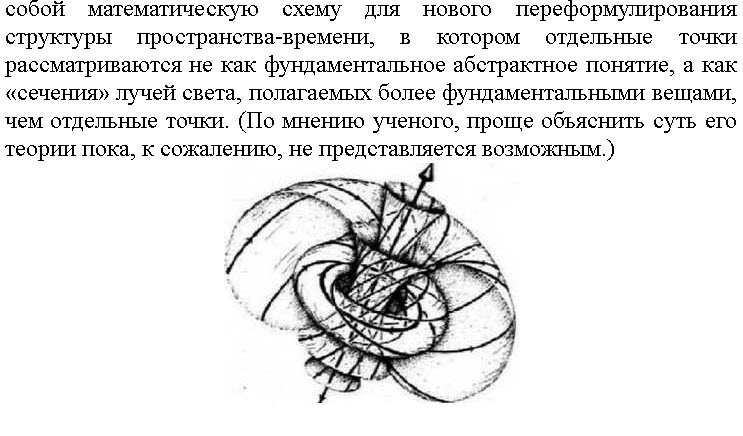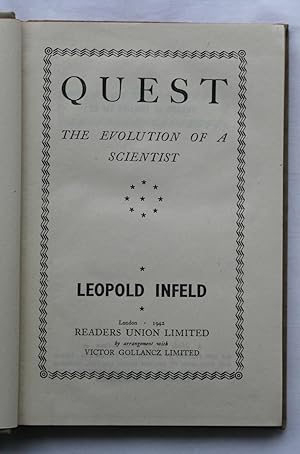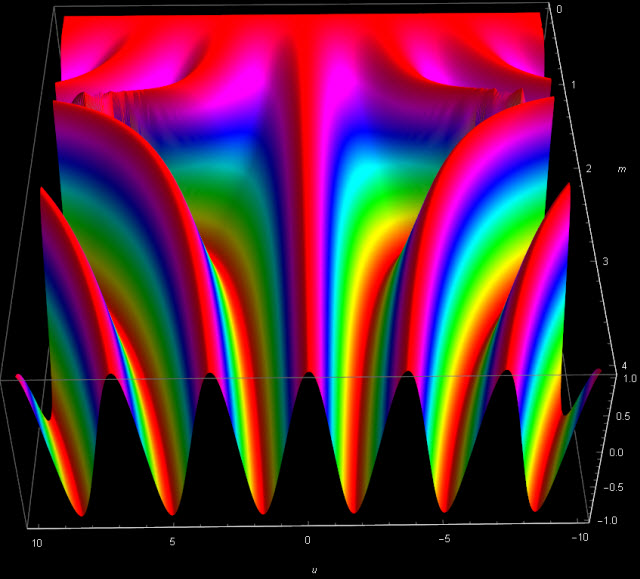With title “crystals of time” I am jumping into the future. Indeed, yesterday I received email from one of my colleagues in Russia. He brought to my attention the recent news about “time crystals“: Scientists unveil new form of matter: Time crystals. He has pointed to me that it is something similar to what has been described by Kiwi Bird, and it may have something to do with Dzhanibekov effect that I ma currently in love with. I did not know about the Kiwi Bird, so I checked. Indeed – there is a lot to learn from this bird, and I will have to start studying its songs.
Силуэт птицы киви, соответствующий[1] автору.Бёрд Ки́ви[2] (также, Киви Берд[3] и kiwibyrd[4]) (от англ. kiwi bird — птица киви) — псевдоним неизвестного автора (группы авторов), который вёл колонку в журнале «Компьютерра», ряде других печатных и онлайновых изданий ИД «Компьютерра» и публикует статьи в журнале «Популярная механика». Основные темы статей — криптография, конспирология и теория заговора.
In short: secret science, conspiracy theories, general scientific weirdness…. A soup made of information mixed with disinformation. Sometimes tastes good.
I looked into the book “Книга о странном”, (Book about Strange) by this strange bird, and of course I have found there the same picture mandala as in my blog post Dzhanibekov effect – Part 2.

The funny thing is that the book starts with “fractals” – “Глава 1. Фракталы истории” as it is with my post with the picture of the mandala. Strange indeed.
But, as I said, for me all this is in the future. For now I have to continue with Dzhanibekov effect. I am done, more or less, with the mathematics of elliptic functions (I did not even know what elliptic function is a year ago!). We have to return back to physics. In particular I am returning to the content of Dzhanibekov effect – Part 4: The equations of motion.
First recollections (Recollection definition, the act or power of recollecting, or recalling to mind; remembrance).
We consider rigid body. There are no rigid bodies in Nature. That is not a problem for us. Take a stone. It is rigid enough for us, unless someone is crashing it with a hammer. A rigid body has its center of mass. Center of mass of a body does not have to be in the body. Center of mass of an empty cup is somewhere in the air inside the cup. It is a point in space, not necessarily in the body. But somehow the body seems to know where its center of mass is. If there are no external forces or torques acting on the body, as it is, for instance, with a winged nut in Dzhanibekov experiment, then we can well assume that the center of mass is at rest with respect to the inertial frame attached to our laboratory. Classical mechanics tells us then that the angular momentum vector is of constant length and its direction is fixed in space. That is called the law of conservation of the angular momentum.
The fact that physicists call something “a law” does not mean that it is “a true law”. Take for instance a boomerang. It behaves strangely. Physicists explain that boomerang is not really free. There is an air. But what if space is always filled with some kind of “air” or “aether” or “vacuum energy”, and that each body can behave, under certain conditions, like the boomerang, or even stranger, by making use of this “vacuum air”? What if? An I think that it is not just “if”, but that it is really so. There is a lot that waits for being discovered. What then?
Interesting question, but we do not have to deal with this question now. We write it down, in order not to forget, an we simply accept the fact that angular momentum in our situation is conserved with a sufficient approximation to use this “law” in our mathematical idealization of reality. A bird in the hand is worth two in the bush.
What is this angular momentum? It can take a whole book to explain it in all details. But I will take a shortcut.
To a rigid body (a stone, a nut, spinning top) we can attach three mutually orthogonal “principal axes“, a “moving frame“, in such a way that the “inertia tensor” of the body is diagonal, it has three components ![]() Here I am recalling the content of Dzhanibekov effect – Part 4: The equations of motion. The relation between components of vectors
Here I am recalling the content of Dzhanibekov effect – Part 4: The equations of motion. The relation between components of vectors ![]() in the body frame, and components
in the body frame, and components ![]() of the same vectors in laboratory frame is given by the “attitude matrix”
of the same vectors in laboratory frame is given by the “attitude matrix” ![]() When the body rotates
When the body rotates ![]() in general depends on time.
in general depends on time.
…………
That being said I have to pause, and I will continue in the next post. I have to finish reading the book by Olga Kharitidi. I am done with 80% of this book. My impression is that she is mostly inventing her story. It does not sound like a true story. Somewhat similar to Castaneda. Perhaps some kind of “channeling” as well.

After I am done with Kharitidi, I have waiting for me “Quest: Evolution of a scientist“. This is autobiographical little book by Polish theoretical physicist Leopold Infeld. Infeld was a collaborator of Einstein and his book, published in 1942, has a lot of gossip. To the extent that when another famous Polish physicist, Mathisson, in a discussion with Infeld mentioned that he is reading “Quest”, Infeld asked: “where did you get it?”. Apparently later on Infeld did not want this book to be read. And then, perhaps, I will start reading the Kiwi Bird and time crystals.






 After these warm-up exercises we now open the door to the universe with the imaginary time. In fact there are several different doors leading there, and we will choose one that has been used by Alfred Cardew Dixon, MA, in his 1894 book “
After these warm-up exercises we now open the door to the universe with the imaginary time. In fact there are several different doors leading there, and we will choose one that has been used by Alfred Cardew Dixon, MA, in his 1894 book “





